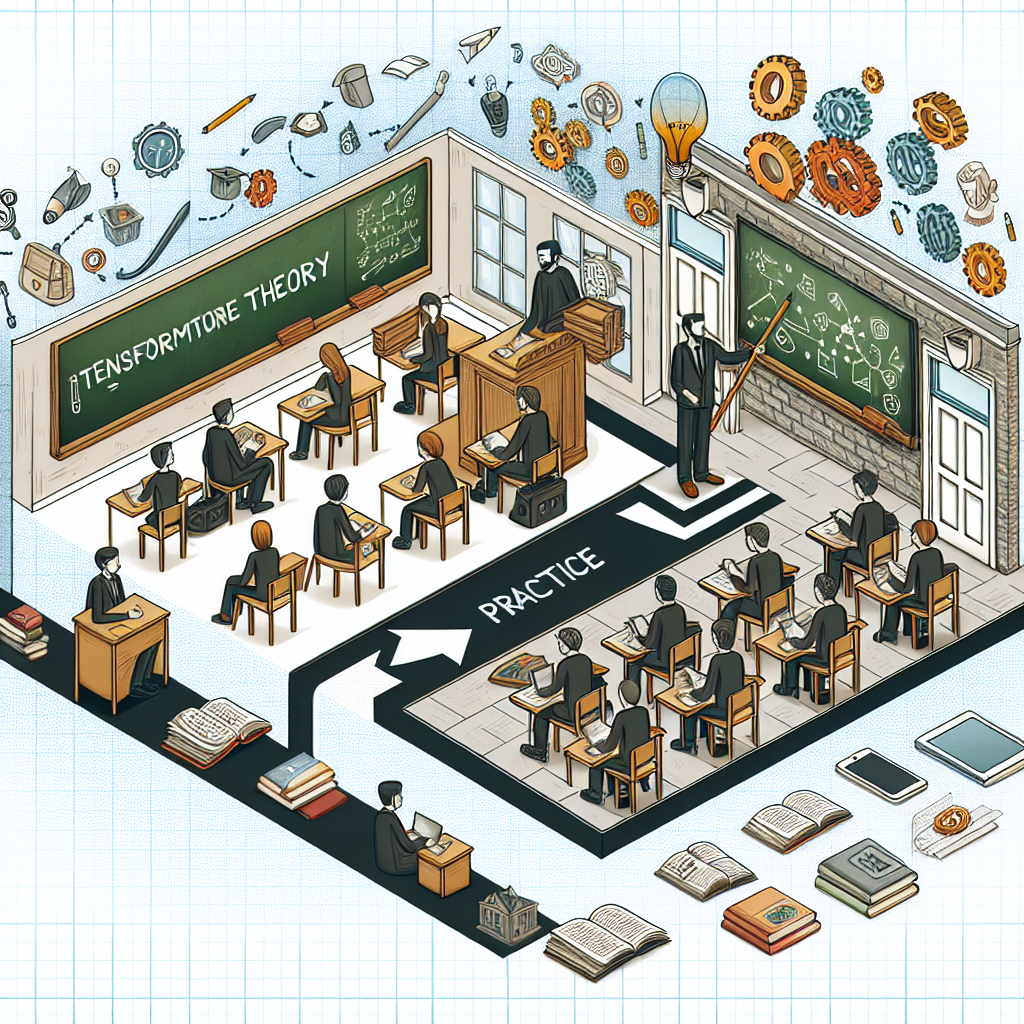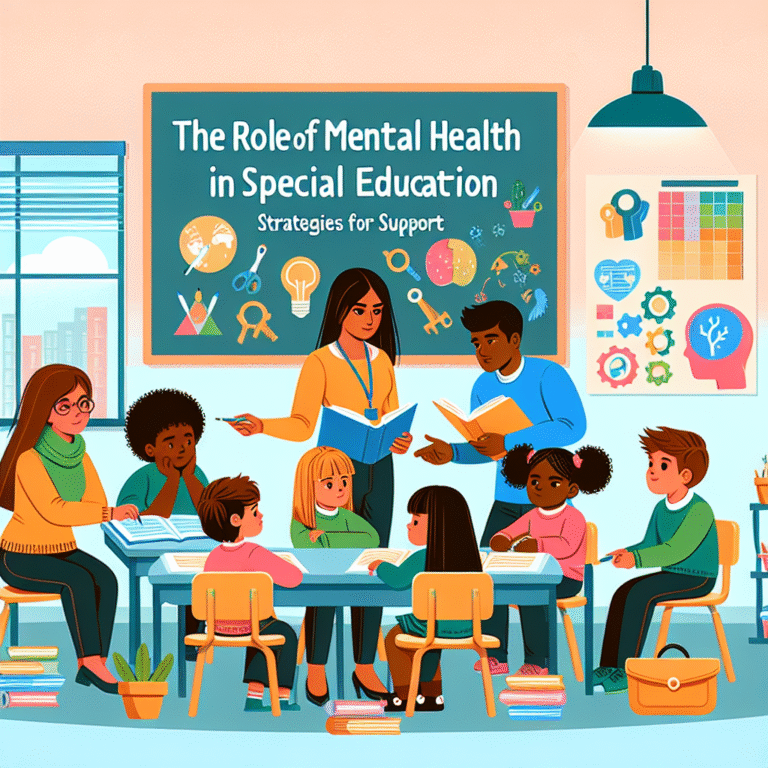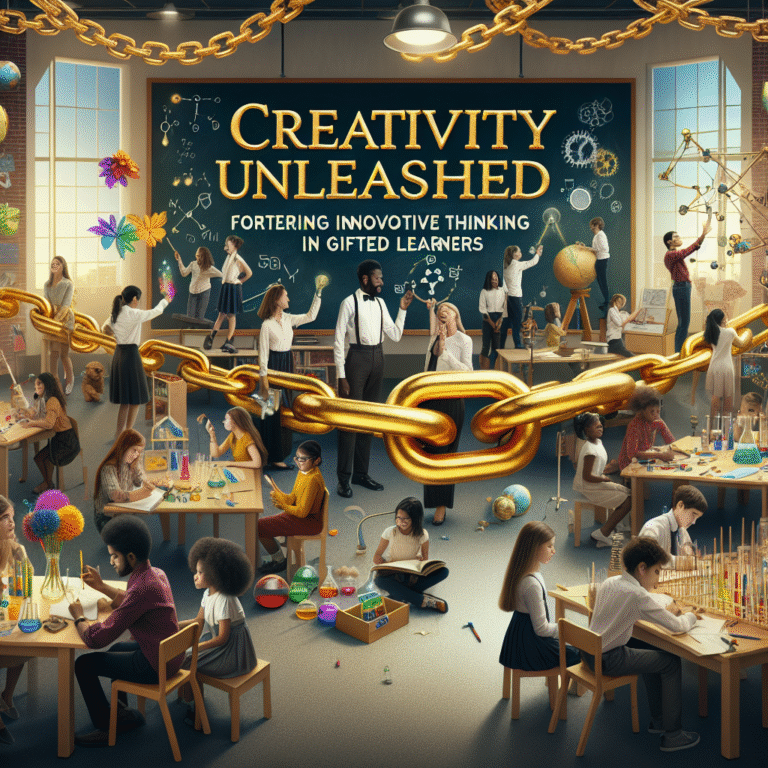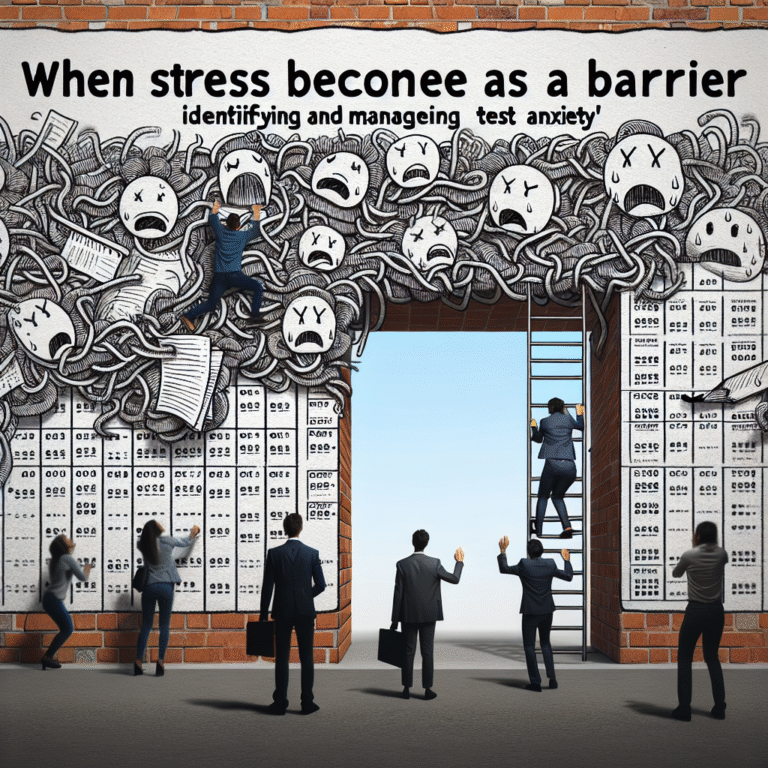
Introduction
In an era where rote memorization feels increasingly outdated, constructivist approaches to learning are emerging as a critical beacon for educators. These methods not only engage students in the learning process but also equip them with the skills they need to thrive in a rapidly changing world. If you’re seeking transformative educational strategies that cater to diverse learners, you’re in the right place. This article, From Theory to Practice: Implementing Constructivist Approaches in Modern Classrooms, will unravel the complexities of constructivist theory while guiding you on how to effectively apply it in today’s educational landscape.
What is Constructivism?
Understanding the Core Principles
Constructivism is a pedagogical philosophy grounded in the belief that learners construct their own understanding and knowledge through experiences and interactions. Unlike traditional teaching methods that place students in a passive role, constructivism enables active participation in their learning journey. Key principles include:
- Active Learning: Students engage with materials and participate in discussions, enhancing retention.
- Social Interaction: Collaboration among peers fosters communication skills and a deeper understanding of content.
- Real-World Contexts: Learning is connected to real-world experiences, making it more applicable and meaningful.
Why Constructivism Matters in Modern Classrooms
The Evolving Educational Landscape
In the face of rapid technological advancements and shifting workforce demands, the need for adaptable learners has never been more pressing. Traditional education often relies on memorization rather than fostering critical thinking and problem-solving abilities. This section explores why transitioning from theory to practice: implementing constructivist approaches in modern classrooms can not only benefit students but also lead to more fulfilling teaching experiences.
- Skills for the Future: The World Economic Forum highlights skills such as critical thinking and creativity as essential for future job readiness (World Economic Forum, 2020).
- Holistic Development: Constructivist classrooms focus on the emotional, social, and cognitive development of students, leading to well-rounded individuals.
Practical Strategies for Implementing Constructivist Approaches
1. Inquiry-Based Learning
What it is: Inquiry-based learning invites students to ask questions, investigate solutions, and develop conclusions based on their findings.
How to Implement: Start with a question relevant to the students’ lives. For example, instead of simply teaching the water cycle, pose the question: "How does pollution affect our water sources?" Have students conduct research, collaborate on projects, and present their findings to the class.
Case Study Example: Riverside High School
At Riverside High School, teachers implemented an inquiry-based approach in their science curriculum. Students worked on projects addressing local environmental issues, presenting their findings at a public forum. This not only enhanced their understanding but also engaged the community—a prime example of from theory to practice: implementing constructivist approaches in modern classrooms.
2. Collaborative Learning
What it is: Collaborative learning involves students working together to solve problems or engage in discussions.
How to Implement: Use group projects where students must rely on one another’s strengths. Employ techniques like Think-Pair-Share to foster discussion and build accountability within the group.
Case Study Example: Green Valley Middle School
During a unit on historical events, teachers at Green Valley Middle School had students form groups, each assigned a different event. They researched and developed presentations that included multimedia elements. The students reported increased engagement levels and a better grasp of historical perspectives, showcasing the effectiveness of collaboration.
3. Problem-Based Learning (PBL)
What it is: Problem-based learning revolves around presenting students with real-world problems that require critical thinking and teamwork.
How to Implement: Develop case studies or scenarios relevant to your curriculum. Encourage students to brainstorm solutions and present their ideas creatively.
Case Study Example: Maplewood Academy
At Maplewood Academy, a team of teachers introduced PBL in their math curriculum. Students faced challenges like budgeting for a local event, which necessitated the application of various mathematical concepts. The outcome was successful; students reported a deeper understanding of mathematical applications—a testament to from theory to practice: implementing constructivist approaches in modern classrooms.
Tables and Charts for Clarity
Table 1: Constructivist Approaches and Learning Outcomes
| Approach | Learning Outcome | Student Feedback |
|---|---|---|
| Inquiry-Based Learning | Enhanced critical thinking skills | 90% found it engaging |
| Collaborative Learning | Improved social skills and teamwork | 85% felt more involved |
| Problem-Based Learning | Real-world application of knowledge | 80% appreciated practical tasks |
Chart 1: Student Engagement Before and After Implementing Constructivist Approaches
- Before Implementation: 55% Engagement
- After Implementation: 85% Engagement
Overcoming Common Challenges in Implementing Constructivism
While the benefits of constructivist approaches are numerous, educators often face barriers when transitioning from traditional methods. Here are some common challenges and solutions.
1. Resistance to Change
Many teachers may hesitate to switch from familiar teaching methods to constructivist approaches.
Solution: Provide professional development opportunities that demonstrate successful implementation. Introduce pilot programs that gradually integrate constructivist strategies into existing curricula.
2. Time Constraints
Finding time to implement interactive strategies can be challenging in packed curriculums.
Solution: Integrate constructivist methods into existing lessons. For instance, a textbook chapter can be transformed into an inquiry project without losing the core content.
3. Assessing Learning
Standard assessments may not accurately reflect students’ understanding in a constructivist framework.
Solution: Develop rubrics that evaluate not just content knowledge, but also skills such as collaboration, creativity, and critical thinking. Utilize portfolios for a more comprehensive overview of student progress.
Conclusion
Transitioning from theory to practice: implementing constructivist approaches in modern classrooms is not merely a pedagogical shift; it’s a revolution that cultivates a love for learning in students. By valuing inquiry, collaboration, and real-world relevance, educators can inspire a new generation of thinkers, creators, and problem solvers. As you navigate this transformative journey, remember that the challenges you face are stepping stones toward creating a richer, more engaging educational experience for your students.
FAQs
1. What is the main goal of constructivist teaching?
The primary goal is to help students construct their own understanding and knowledge through active engagement, promoting deeper learning.
2. How can I start implementing constructivist approaches in my classroom?
Begin with small changes, such as introducing inquiry-based activities or group projects, and gradually build upon these strategies as you become more comfortable.
3. Are there specific subjects that benefit more from constructivist approaches?
Constructivism can be applied across all subjects. However, science and social studies often lend themselves particularly well due to their emphasis on exploration and real-world relevance.
4. How can I assess students’ learning in a constructivist environment?
Use a combination of formative assessments, peer evaluations, and project-based assessments to capture a broader understanding of student progress.
5. What resources are available for teachers interested in constructivism?
Many online platforms offer professional development courses, videos, and teaching resources focused on constructivism. Additionally, educational journals often publish research and case studies related to these approaches.
Transitioning from theory to practice: implementing constructivist approaches in modern classrooms is an essential step towards reimagining education. It is not just about changing how we teach but fundamentally transforming how students learn and engage with the world around them. Let’s embark on this journey together, empowering our future generations to think critically and act thoughtfully.


















